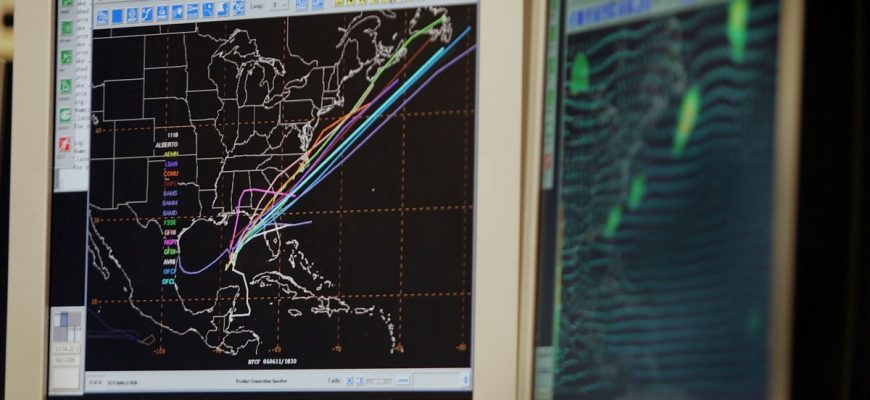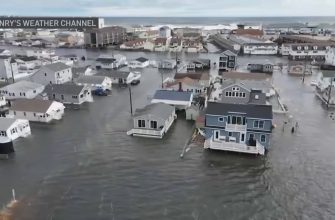Spaghetti Models may sound funny and appetizing, but the reality is that sometimes generates confusion and concerns, especially during hurricane season.
Technically, spaghetti models refer to computer models that show the potential paths of a storm.
During a hurricane warning, meteorologists receive information from 21 possible trajectory models, which when they are put together in a map, imitate what a bunch of spaghetti would look like.
“At the meteorological level, the spaghetti models are fundamental to let the audience know both the possible trajectory of a tropical system, as well as the uncertainty involved in the forecast; the closer the lines are together, more certainty there is about its future position,” Telemundo Houston lead meteorologist Pablo Sanchez said.
The greater the coincidence between the different models about the eventual path of a storm, the clearer the picture about the area through which it could pass.
The spaghetti models are based on different types of data. Some are based on statistical probabilities, others on atmospheric dynamics, and others on the climatology of the moment and its atmospheric conditions.
The Global Forecast System and EURO models are the ones that analyze the most significant data, including physical and atmospheric equations, as well as information received from land, air, and ocean at a specific time.
Even though these computer models attempt to establish trajectories, they are not meant to estimate impact levels, size, or other effects of storms.
Meteorologists explain that these models are not 100% accurate and that any change in weather conditions will change the interpretation of what may occur later on.








